Home>Gardening & Outdoor>Landscaping Ideas>How Long To Wait To Cut Grass After Aerating
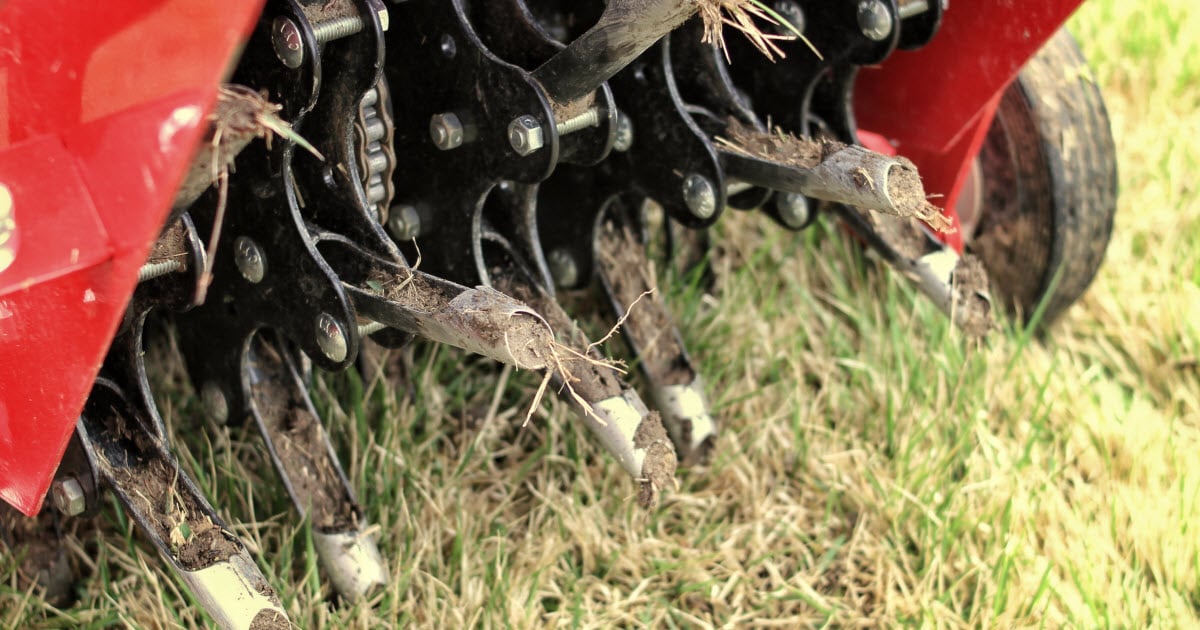

Landscaping Ideas
How Long To Wait To Cut Grass After Aerating
Modified: February 18, 2024
Discover the best landscaping ideas for aerating and cutting grass. Learn how long to wait before mowing your lawn for optimal results.
(Many of the links in this article redirect to a specific reviewed product. Your purchase of these products through affiliate links helps to generate commission for Storables.com, at no extra cost. Learn more)
Introduction
So, you've recently aerated your lawn and now you're wondering when it's safe to mow the grass. It's a common question among homeowners who prioritize the health and appearance of their lawns. While aerating your lawn can work wonders for its overall well-being, it's essential to understand the process and the factors that influence the recovery time of your grass. By gaining insight into these aspects, you can determine the ideal time to mow your lawn after aeration, ensuring that your grass remains healthy and vibrant.
Aeration is a crucial lawn care practice that involves perforating the soil with small holes to alleviate compaction and enhance the flow of air, water, and nutrients to the grass roots. This process promotes robust root growth and allows the grass to thrive. However, it's important to recognize that aeration can temporarily disrupt the appearance of your lawn, leaving it looking somewhat rugged and unkempt. This temporary change may prompt the question: How long should I wait to cut the grass after aeration?
In this comprehensive guide, we'll delve into the aeration process, explore the factors that influence grass recovery time, and pinpoint the optimal timing for mowing your lawn after aeration. By the end of this journey, you'll have the knowledge and confidence to care for your lawn with precision and ensure that it remains a lush, inviting space for relaxation and recreation. Let's embark on this enlightening exploration of lawn care and discover the secrets to aeration and post-aeration maintenance.
Key Takeaways:
- Wait 1-2 weeks to mow your lawn after aeration to let the grass recover. Pay attention to signs of new growth before mowing, and use a sharp mower blade for optimal results.
- Factors like grass type, aeration intensity, and post-aeration care influence recovery time. Understanding these factors helps in timing post-aeration mowing for a healthy, vibrant lawn.
Understanding the Aeration Process
Aeration is a fundamental practice in lawn care that involves perforating the soil with small holes to alleviate compaction and enhance the circulation of air, water, and nutrients. There are two primary methods of aeration: core aeration and spike aeration. Core aeration, the more effective of the two, removes small plugs of soil from the ground, while spike aeration simply pokes holes into the soil without removing any material. Core aeration is widely preferred as it provides superior benefits to the grass and soil.
When the soil becomes compacted, it restricts the movement of air, water, and nutrients to the grassroots, hindering the overall health of the lawn. Aeration serves to counteract this compaction, allowing the grassroots to breathe and absorb essential elements for growth. The process also stimulates the development of new grassroots, resulting in a denser, healthier lawn with improved tolerance to environmental stressors.
Core aeration is typically performed using a specialized machine called an aerator, which removes small plugs of soil from the ground and deposits them on the surface. These plugs gradually break down, returning valuable organic matter to the soil and further enhancing its composition. The holes created by aeration also serve as channels for water and nutrients, facilitating their penetration into the root zone and promoting robust grassroots development.
Understanding the aeration process is essential for grasping the impact it has on your lawn. While aeration may initially leave your lawn looking less than pristine, it’s a vital step in maintaining its long-term health and vitality. By embracing the temporary changes brought about by aeration and recognizing its long-term benefits, you can set the stage for a lush, resilient lawn that enhances the beauty of your outdoor space.
Factors Affecting Grass Recovery Time
Several factors influence the recovery time of grass following aeration, determining when it’s safe to mow the lawn without compromising its health. Understanding these factors is crucial for gauging the optimal timing for post-aeration maintenance and ensuring that your lawn thrives.
- Grass Type: The type of grass in your lawn plays a significant role in determining the recovery time after aeration. Cool-season grasses, such as Kentucky bluegrass and fescue, typically recover more quickly than warm-season varieties like Bermuda grass. It’s important to consider the specific characteristics of your grass type when planning post-aeration care.
- Aeration Intensity: The intensity of the aeration process, including the depth and frequency of the holes created, can impact the recovery time of the grass. Deeper aeration may result in a longer recovery period, as the grassroots need time to adjust to the disturbance and regenerate effectively.
- Soil Conditions: The condition of the soil, including its moisture content and overall health, significantly influences grass recovery time. Well-aerated soil with adequate moisture and nutrient levels can expedite the recovery process, enabling the grass to bounce back more swiftly.
- Weather: Environmental factors such as temperature, humidity, and precipitation play a crucial role in grass recovery after aeration. Favorable weather conditions, including moderate temperatures and adequate moisture, can promote faster recovery, while extreme heat or drought may prolong the recovery period.
- Post-Aeration Care: The care and maintenance practices implemented after aeration, such as watering, fertilization, and avoiding heavy foot traffic, can significantly impact grass recovery time. Providing optimal post-aeration care creates an environment conducive to rapid recovery and ensures the long-term health of the lawn.
By considering these influential factors, you can gauge the expected recovery time of your grass following aeration and plan your lawn maintenance activities accordingly. Each lawn is unique, and understanding the interplay of these factors is essential for nurturing a vibrant, resilient lawn that enhances the appeal of your outdoor space.
Wait at least 2 weeks before cutting grass after aerating. This allows the soil to settle and the grass roots to recover, promoting a healthier lawn.
Ideal Time to Cut Grass After Aeration
After aerating your lawn, it’s crucial to allow the grass sufficient time to recover before mowing. While the recovery time can vary based on several factors, a general guideline for the ideal time to cut grass after aeration is approximately 1 to 2 weeks. This timeframe allows the grassroots to adapt to the aeration process, resume growth, and regain their strength, ensuring that mowing won’t hinder their recovery.
Observing the condition of your lawn is key to determining the precise timing for post-aeration mowing. Once the grassroots have had ample time to recover and exhibit signs of new growth, such as increased density and vibrancy, it’s generally safe to proceed with mowing. However, it’s essential to avoid mowing the grass too soon after aeration, as this can impede the recovery process and potentially damage the grassroots.
When the time is right for mowing, it’s advisable to adhere to certain guidelines to minimize stress on the grass and optimize the benefits of aeration. Using a sharp mower blade and maintaining an appropriate mowing height, typically removing no more than one-third of the grass blade’s length, can promote a healthy, well-groomed lawn post-aeration. Additionally, collecting and disposing of the grass clippings can prevent them from smothering the grassroots and impeding their recovery.
While the 1 to 2-week timeframe serves as a general rule of thumb, it’s important to consider the specific conditions of your lawn, including its grass type, aeration intensity, and post-aeration care. By evaluating these factors and monitoring the recovery of your grass, you can fine-tune the timing of post-aeration mowing to align with the needs of your lawn, promoting its long-term health and vitality.
Ultimately, the ideal time to cut grass after aeration balances the need for grassroots recovery with the maintenance requirements of a well-groomed lawn. By exercising patience and attentiveness, you can orchestrate a seamless transition from aeration to mowing, nurturing a lush, resilient lawn that enhances the aesthetic appeal of your outdoor environment.
Conclusion
Embarking on the journey of lawn care and aeration unveils a world of intricacies and considerations that culminate in the vibrant, healthy expanse of grass that graces your outdoor space. Understanding the aeration process and the factors influencing grass recovery time empowers you to make informed decisions that nurture the long-term well-being of your lawn.
As you navigate the post-aeration phase, the question of when to cut the grass after aeration emerges as a pivotal consideration. By allowing the grassroots ample time to recover, typically 1 to 2 weeks, you facilitate their rejuvenation and ensure that mowing won’t compromise their health. This period of patience and observation sets the stage for a seamless transition to post-aeration maintenance, culminating in a well-groomed, resilient lawn that elevates the allure of your outdoor sanctuary.
By embracing the interplay of grass type, aeration intensity, soil conditions, weather, and post-aeration care, you orchestrate an environment conducive to rapid recovery and long-term vitality. Each lawn possesses its unique characteristics and requirements, and by attuning to these nuances, you cultivate a space that embodies the epitome of natural beauty and tranquility.
In the tapestry of lawn care, aeration serves as a cornerstone of rejuvenation and sustainability, breathing new life into the very foundation of your outdoor haven. As you navigate the intricacies of post-aeration maintenance, remember that the ideal time to cut grass after aeration is a delicate balance of patience, attentiveness, and a deep-rooted commitment to nurturing the lush, inviting landscape that graces your home.
So, as you stand on the threshold of post-aeration mowing, let the rhythmic hum of the mower echo the harmony of your dedication and the resilience of your lawn. The symphony of nature unfolds in each precise pass, culminating in a vision of timeless beauty and unyielding vitality, a testament to the artistry of lawn care and the enduring allure of your outdoor oasis.
Frequently Asked Questions about How Long To Wait To Cut Grass After Aerating
Was this page helpful?
At Storables.com, we guarantee accurate and reliable information. Our content, validated by Expert Board Contributors, is crafted following stringent Editorial Policies. We're committed to providing you with well-researched, expert-backed insights for all your informational needs.
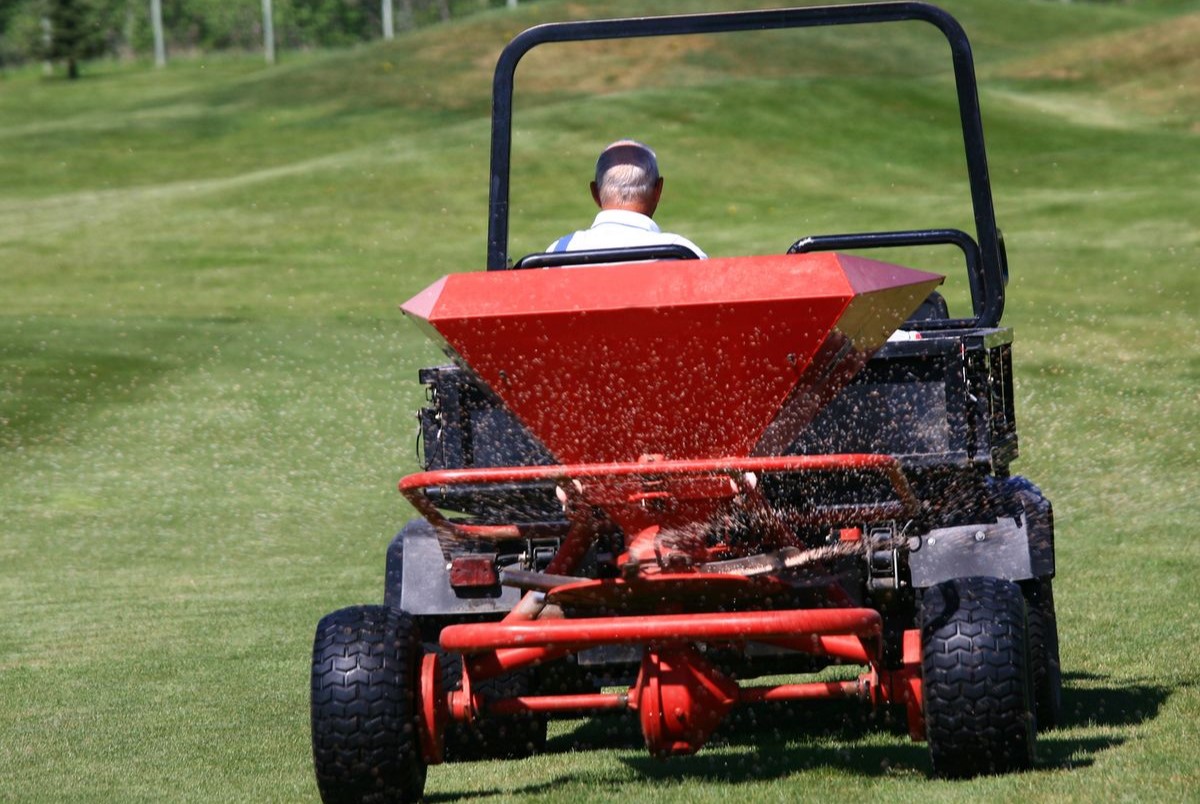
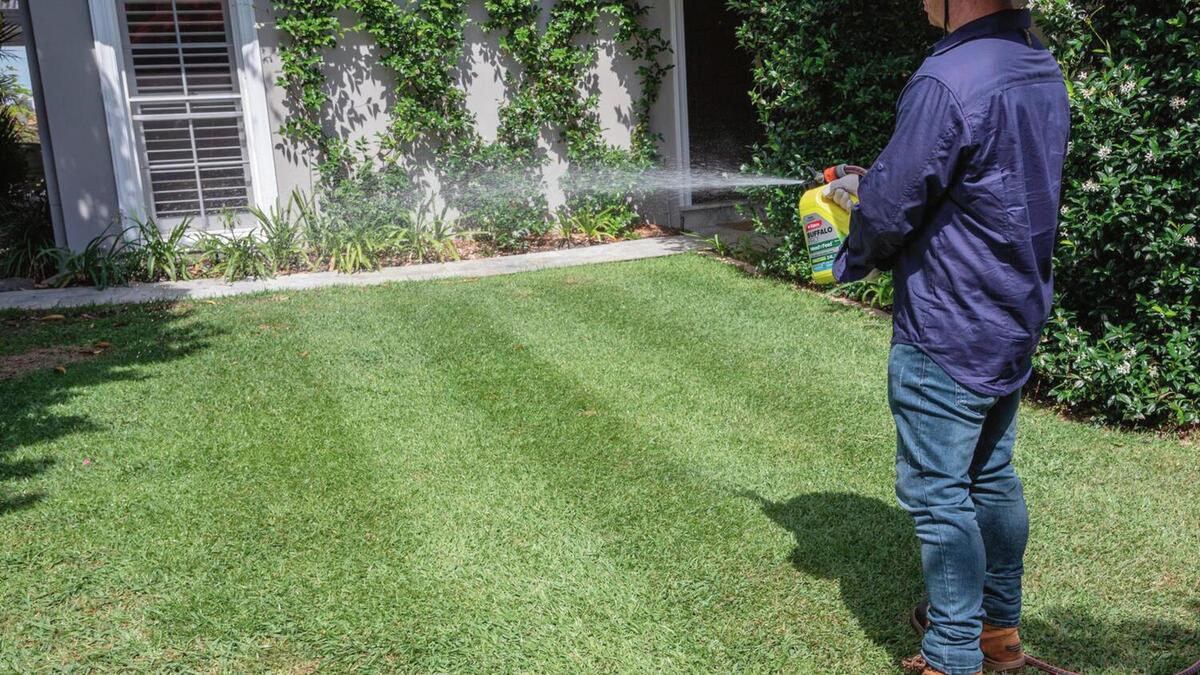
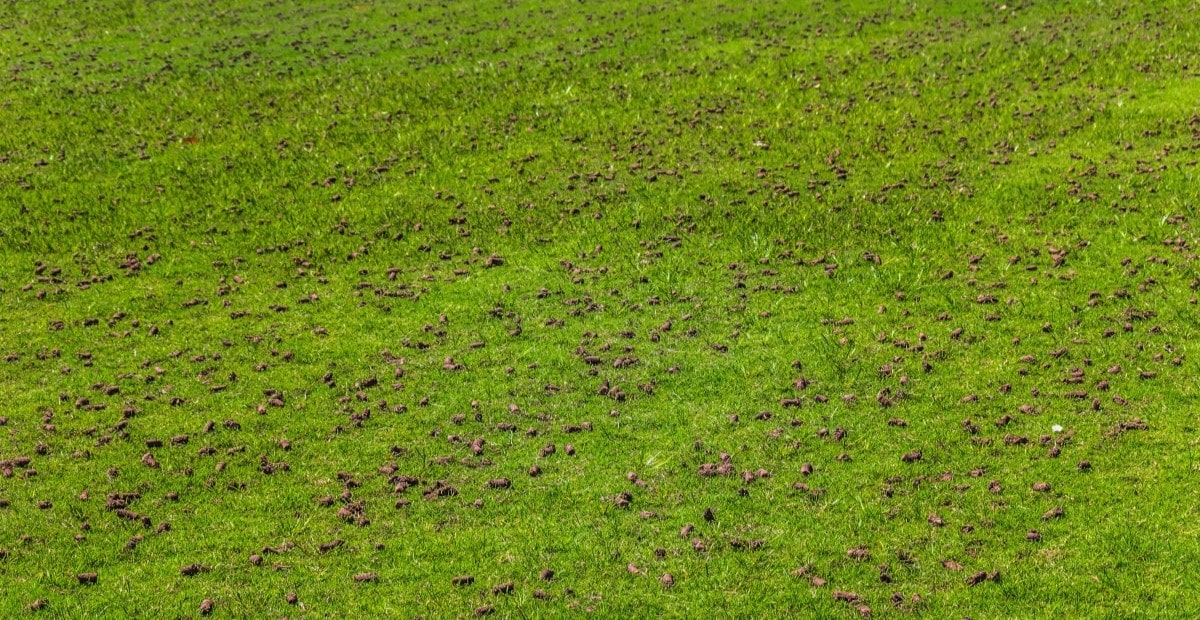
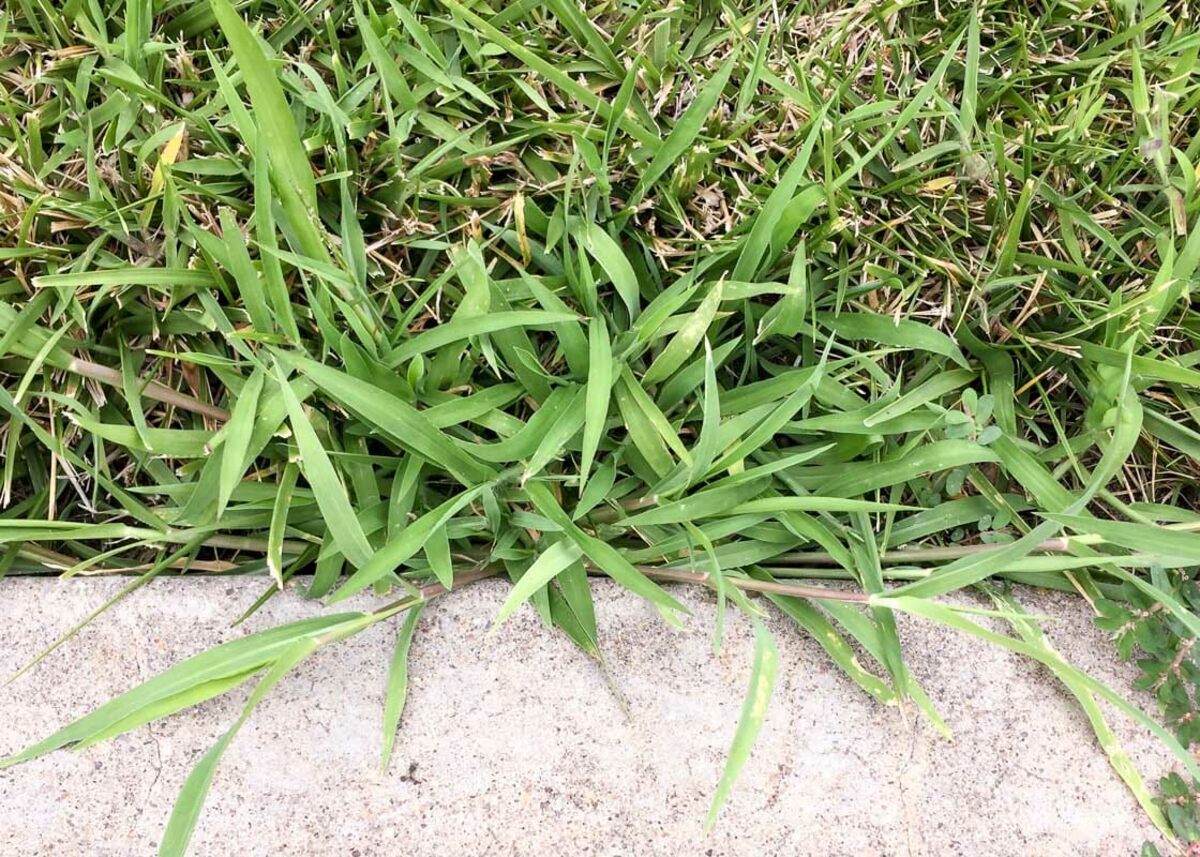
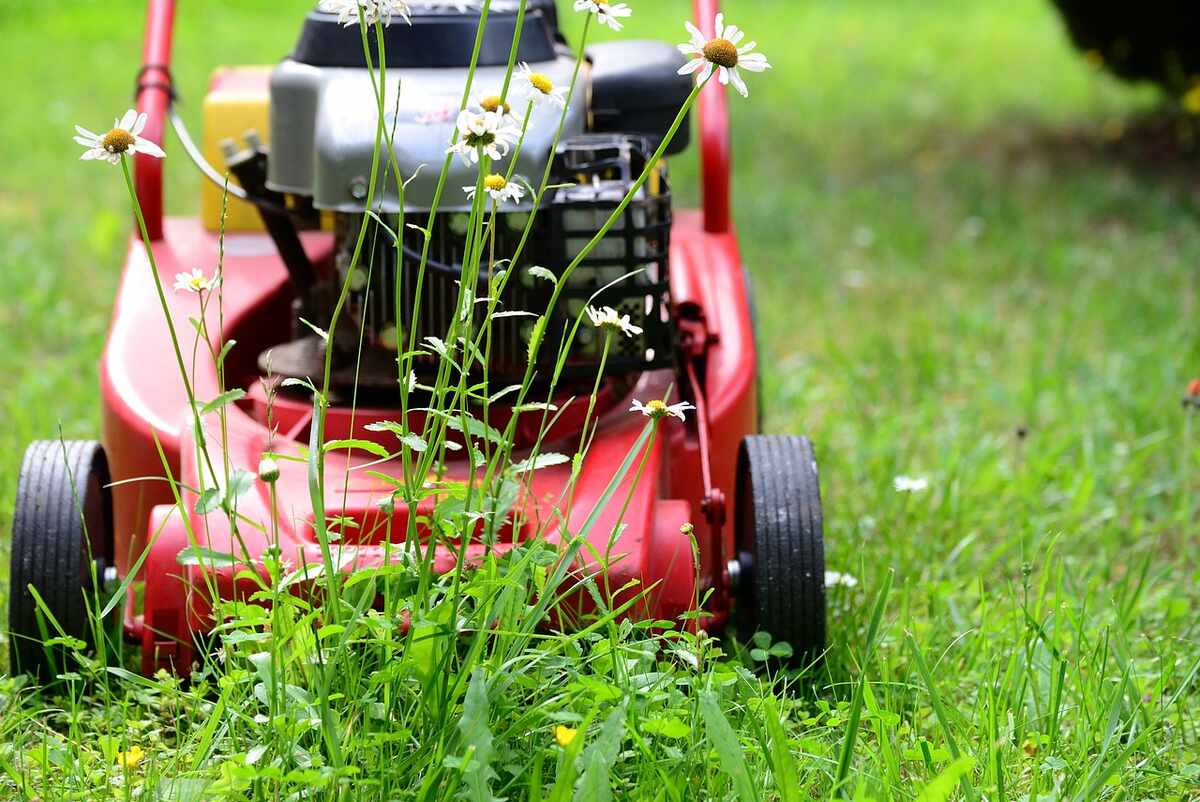
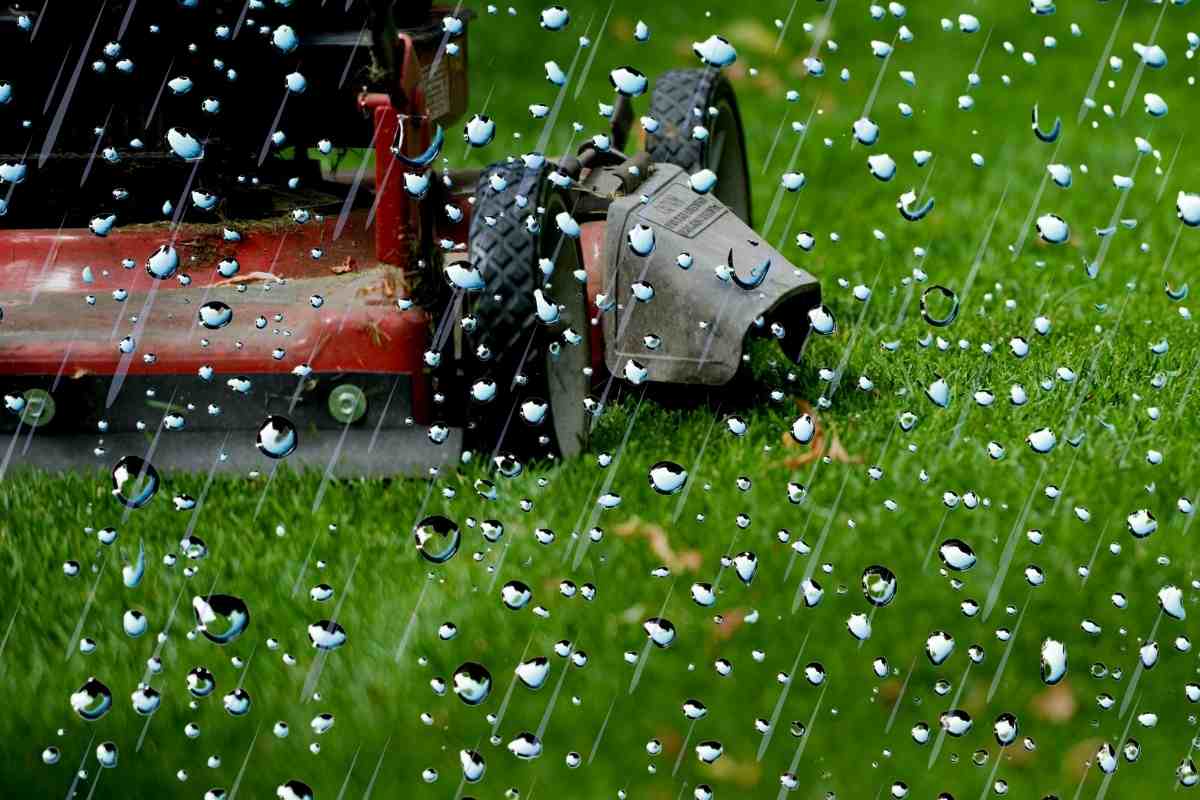
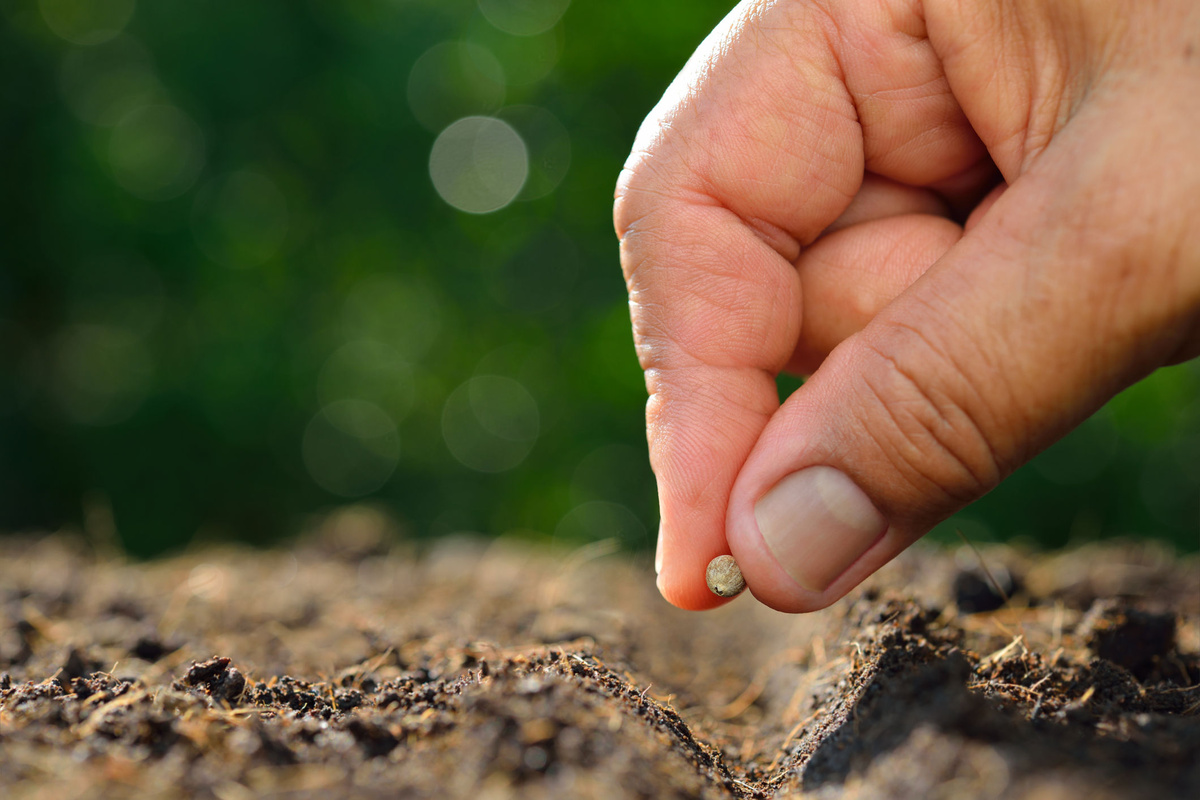
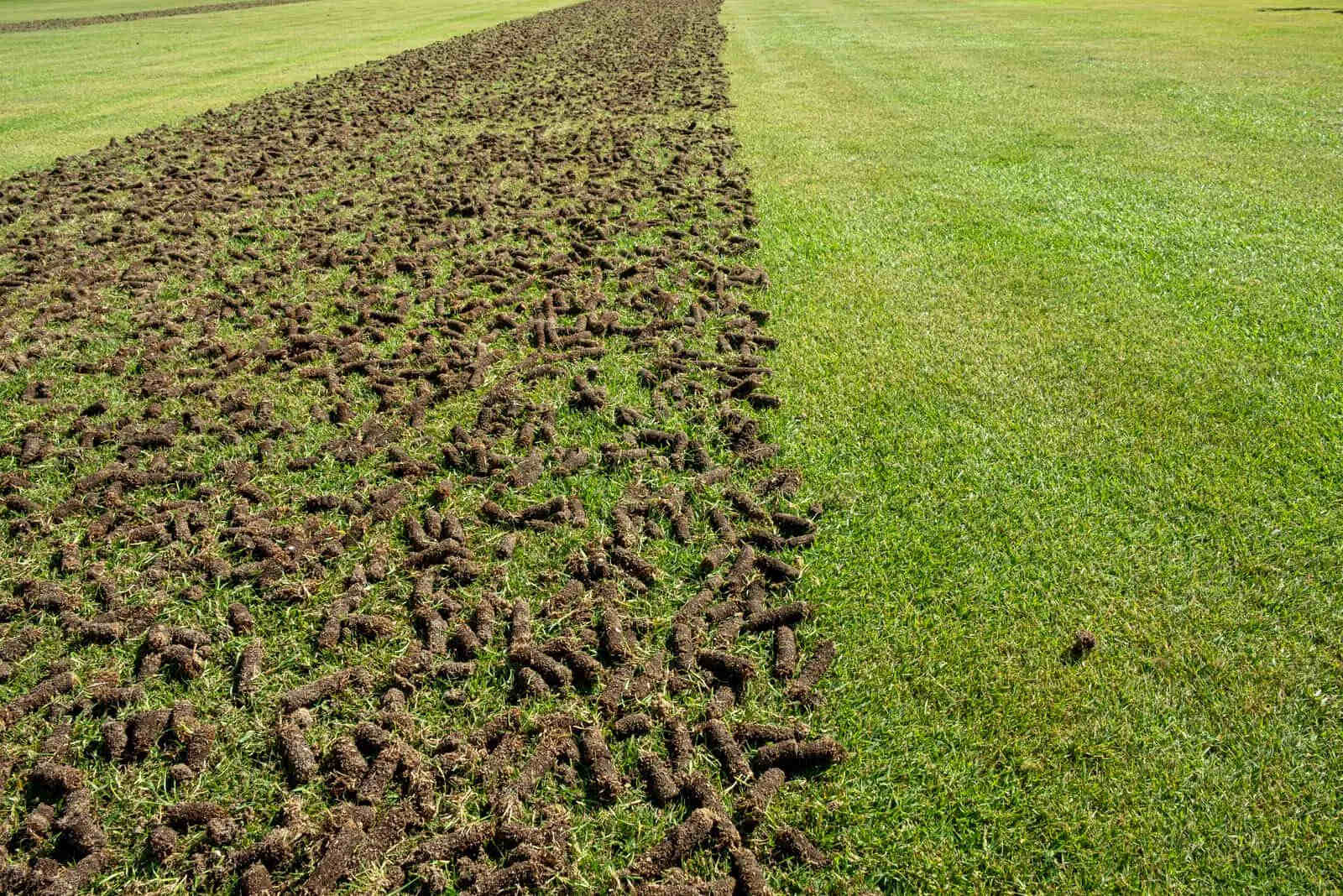
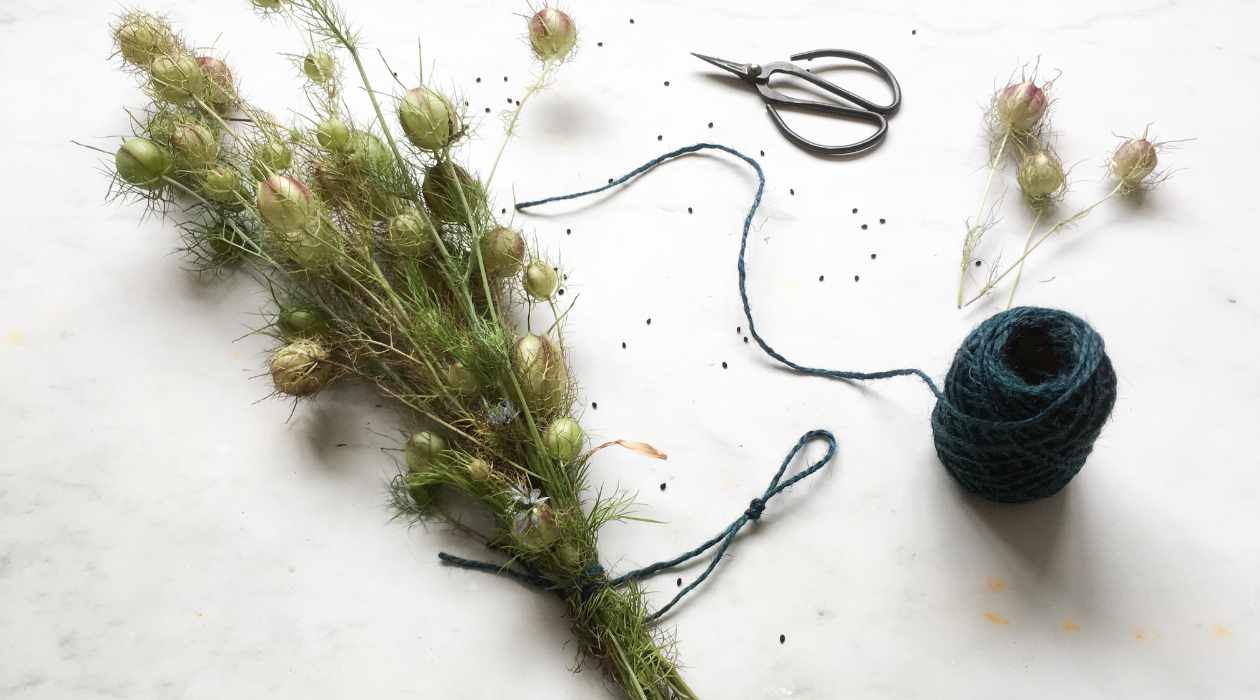
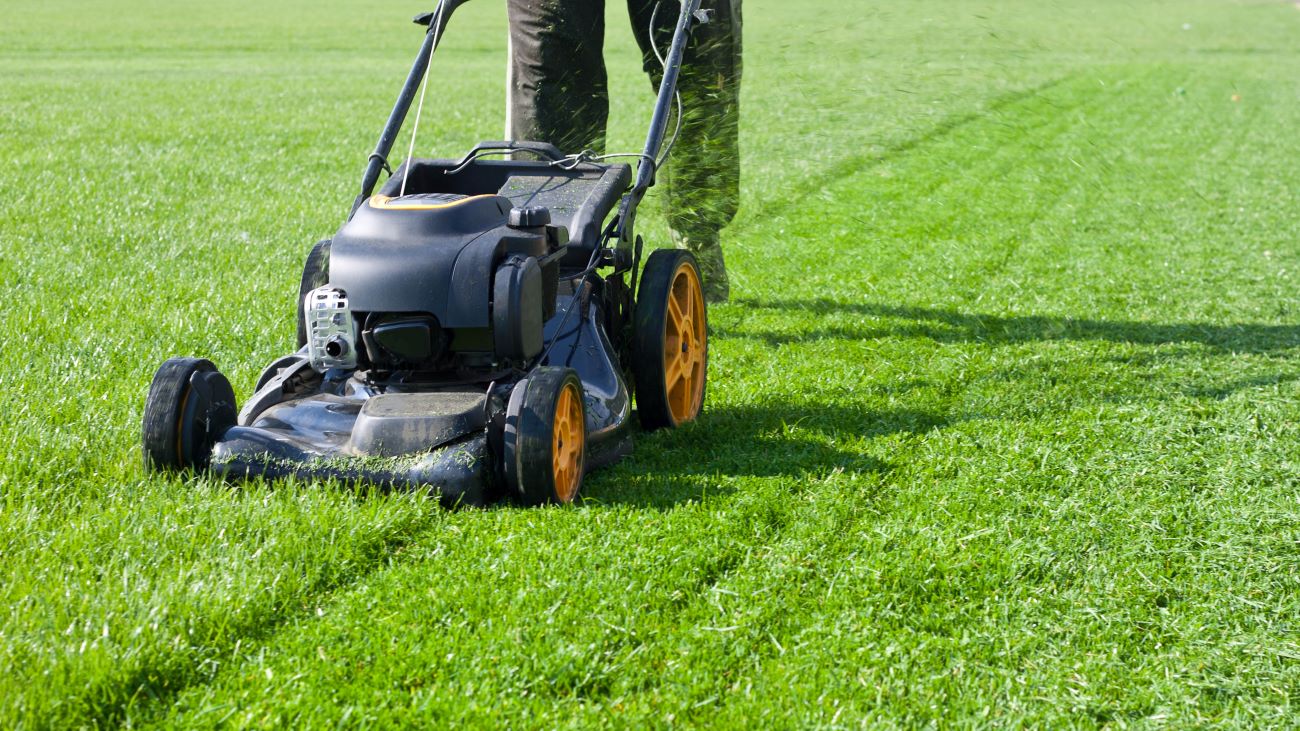
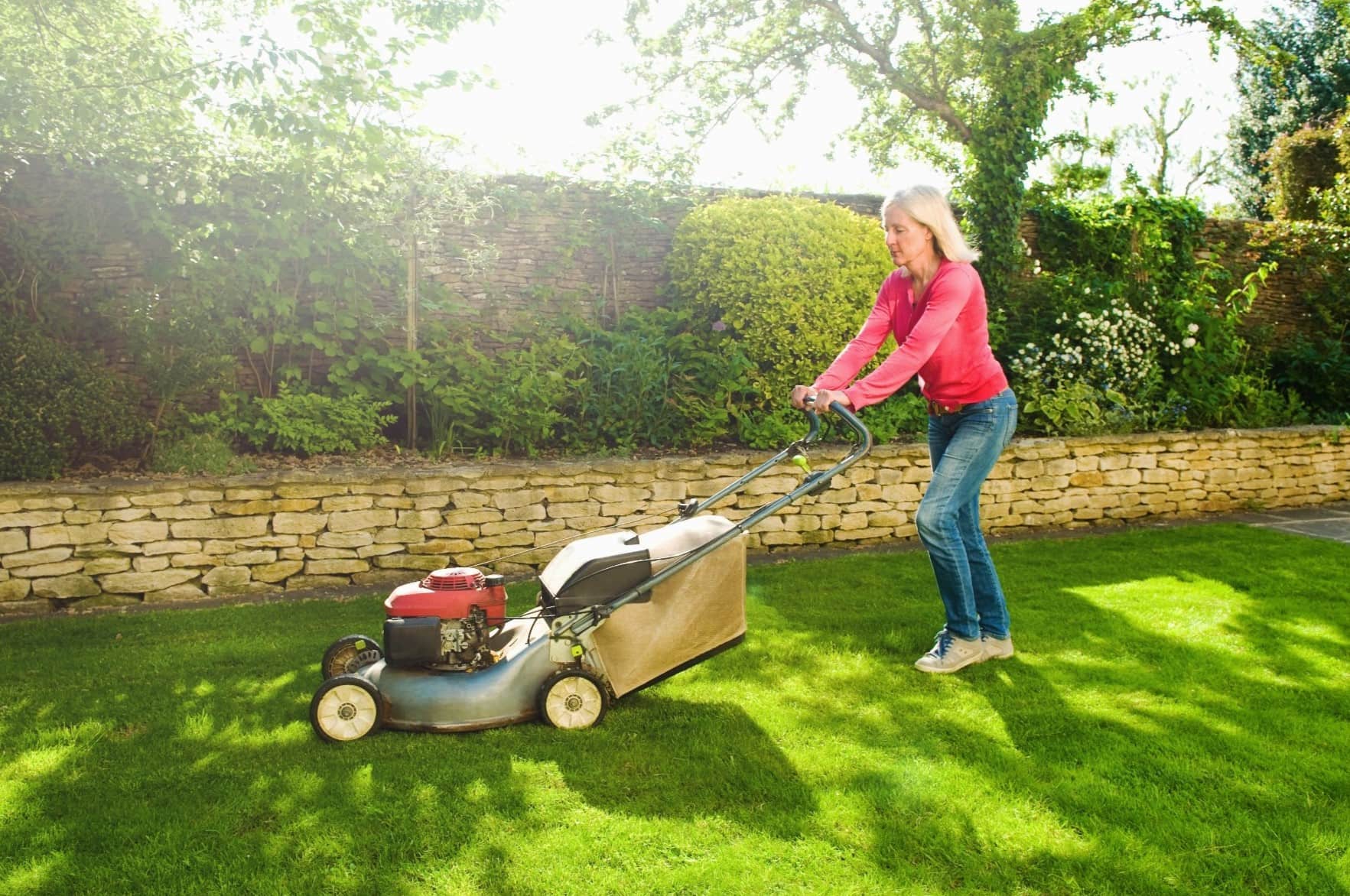
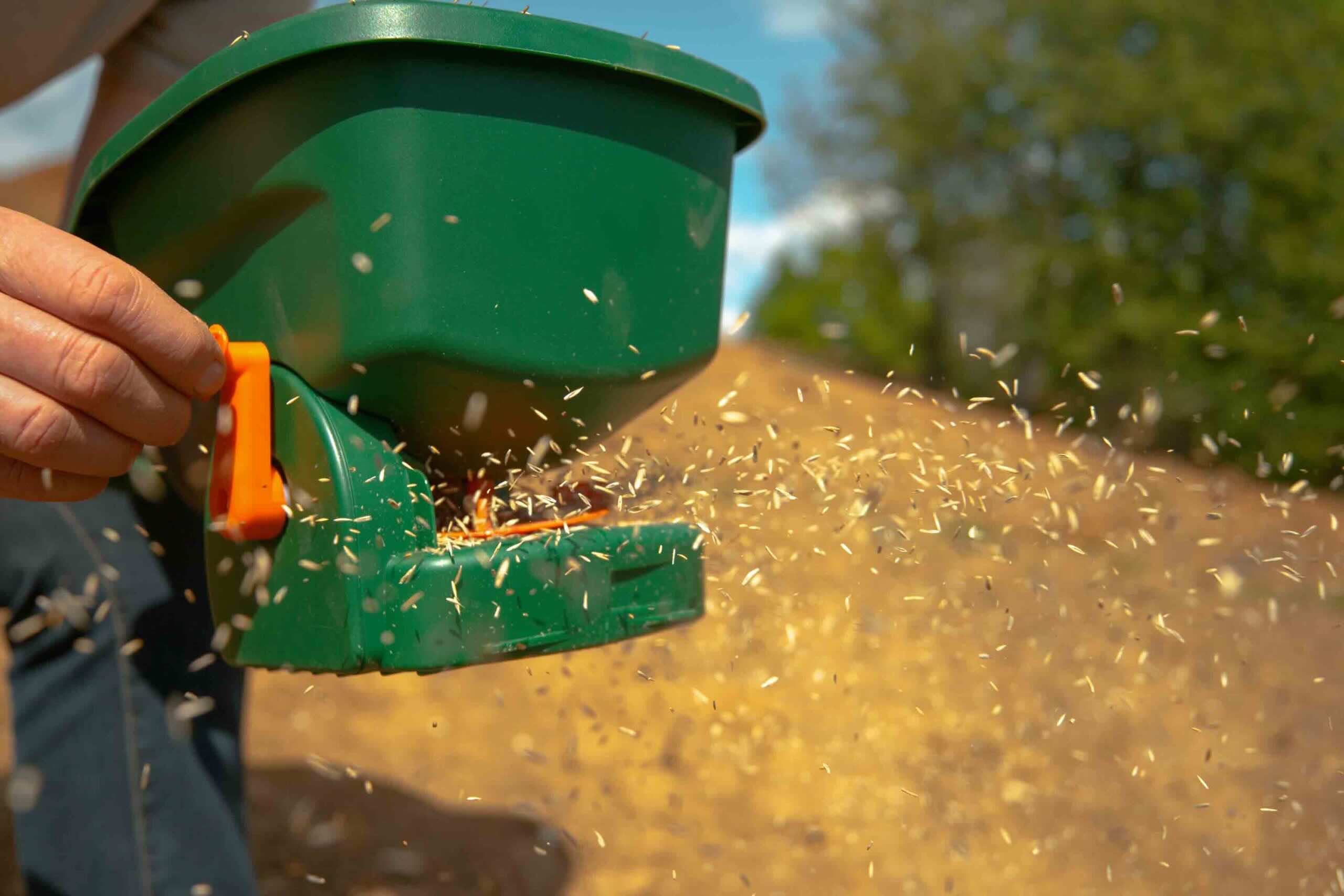

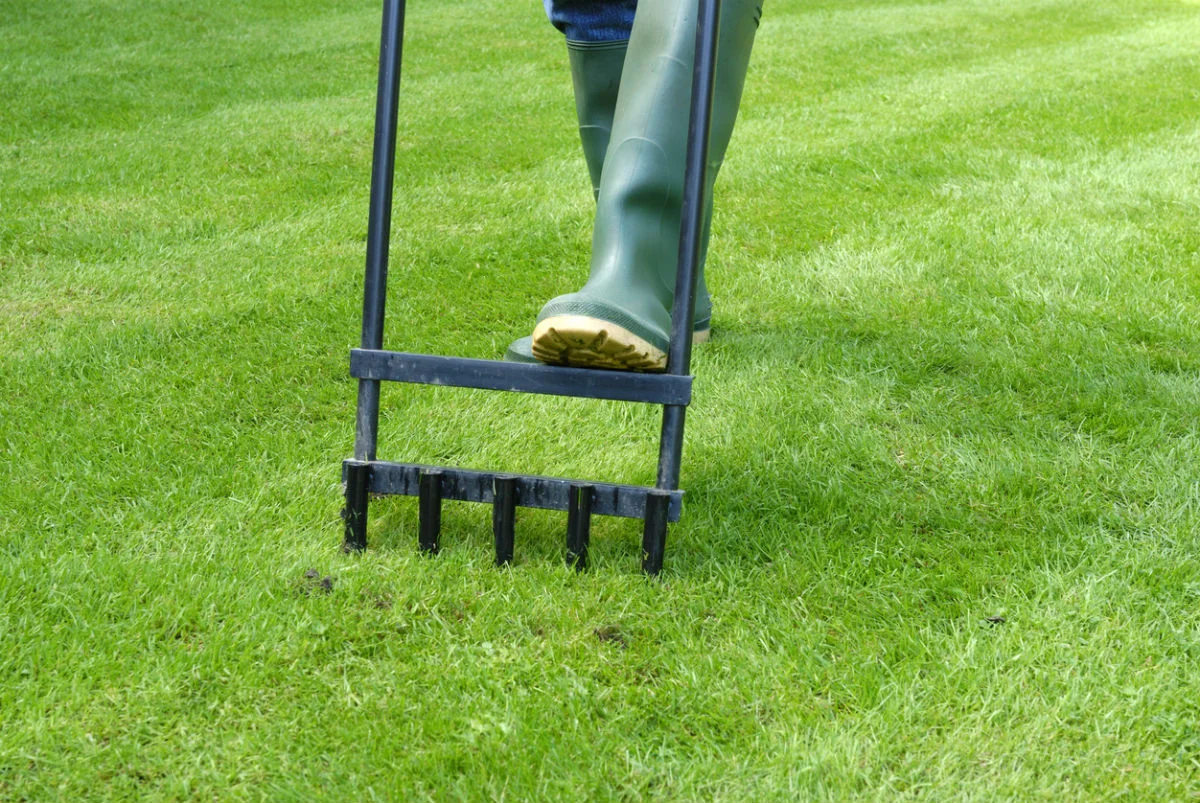
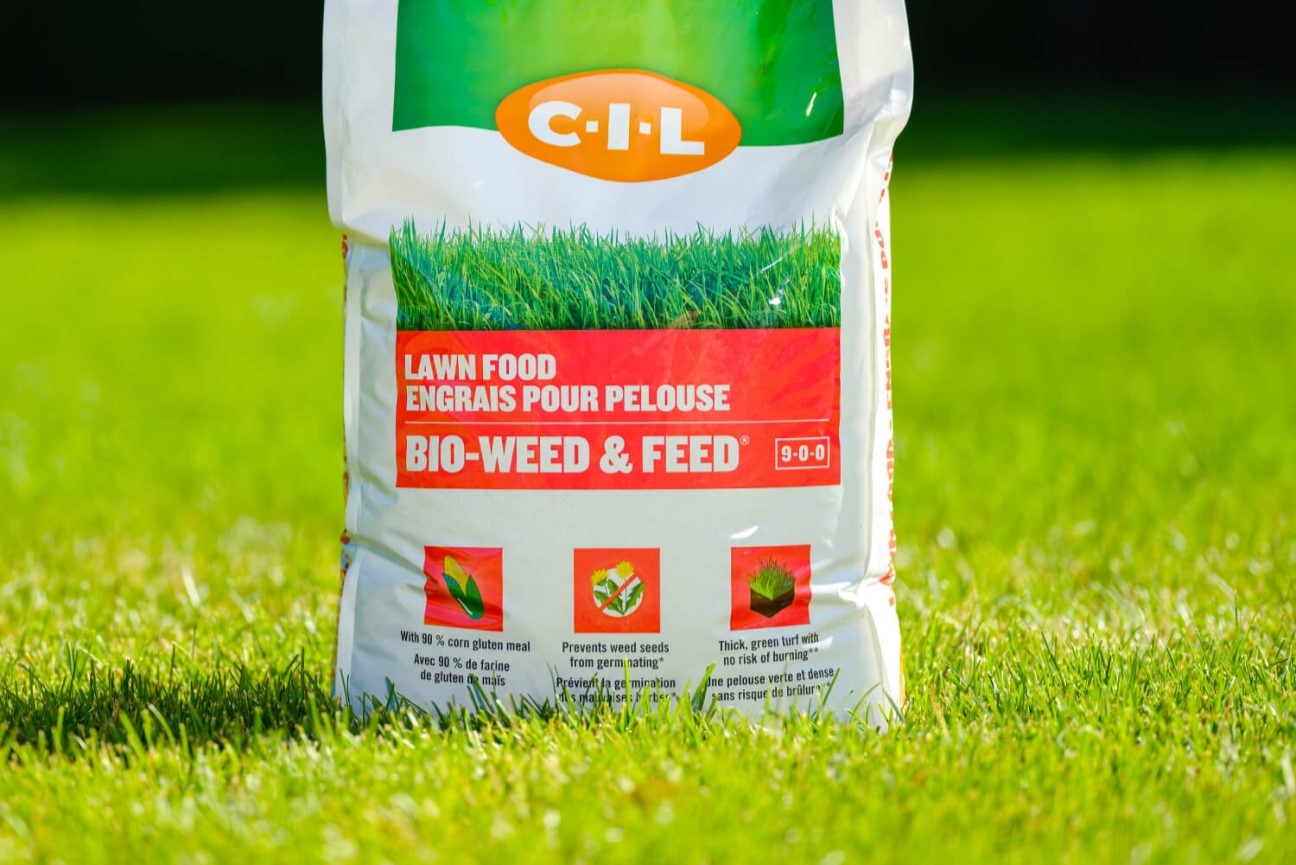

0 thoughts on “How Long To Wait To Cut Grass After Aerating”